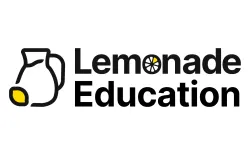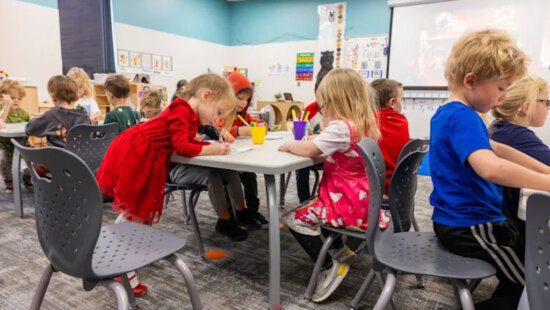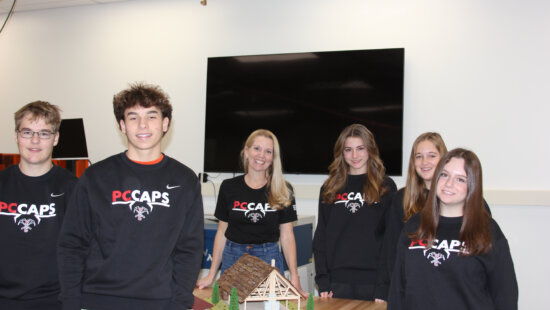Education
Park City School District keeps enrollment open as district faces declining numbers

The Park City School District building in Park City, Utah. Photo: TownLift // Bailey Edelstein
PARK CITY — The Park City School District is keeping all schools and grades open during the early enrollment period as officials aim to attract students from outside the district amid a continuing enrollment decline.
The Board of Education voted on Tuesday night to accept applications from November 15 through February 1. Final decisions on student acceptance will be made in March, after the district evaluates the number of available spaces.
Current enrollment stands at 4,049 students, which is a decrease of 68 from the previous year. The district projects an enrollment of 3,993 students for the 2026-27 school year, representing a decline of 56 students.
“This is a conservative estimate. I would even dare say that if we keep the schools open, we might be close to a break-even situation overall,” said Randy Upton, the district’s business administrator.
Assessing Capacity
State code mandates that school districts calculate their capacity based on the number of available teaching stations and targeted class sizes. Using an average class size of 23 for elementary and 25 for secondary schools, the district has determined that it can accommodate students across most schools and grade levels. Currently, elementary schools average 18-19 students per class, while secondary schools average 21-22 students per class.
For example, Jeremy Ranch Elementary can accommodate 528 students with existing staffing but is projected to enroll only 390 next year. Similarly, McPolin Elementary has a capacity of 475 and anticipates 362 students.
However, having capacity does not mean there is an equal distribution of students in every class. “That doesn’t mean there are 18 to 19 students in every class. Some classes might have as few as 11 students, while others might have up to 22. These are all averages,” Upton explained.
Waiting for Applications
Instead of closing grades or schools now, the Board opted to evaluate applications as they arrive through February. Grades with fewer than 10 available spots—such as kindergarten at certain schools—are less likely to accept out-of-boundary students to ensure space for families moving into the neighborhoods.
The district will reassess the situation in February, once applications are received and retirement notifications are submitted. This will provide a clearer picture of staffing needs and available space before notifying families in March. “We don’t have to respond to them until March when we will have a more accurate projection of how many spots we really have,” Upton said.
At the secondary level, Ecker Hill Middle School has physical capacity to accommodate up to 250 additional students, although Upton noted that the district would likely prefer not to have that many new students. Park City High School is projected to have space for 225 students; discussions with high school administrators indicate that the school could accommodate an additional 80-100 students without hiring more teachers.
Marketing District Strengths
Board members discussed the need to promote the district’s strengths, especially since other districts in Utah are also experiencing enrollment declines.
Superintendent Lyndsay Huntsman emphasized the importance of showcasing the district’s successes, including the Career and Technical Education (CTE) facilities at both the high school and Ecker Hill Middle School, as well as elective offerings and student achievements. The district aims to recapture students currently enrolled in private schools in the Salt Lake Valley and attract families from developments like Silver Creek Village, which borders South Summit but could choose to enroll in Park City schools.
Huntsman noted that some families have already shown interest in the district’s secondary schools. “We had a handful of families express interest when we opened K-5. When are you going to open your secondary school?” she asked. “So, we know families are waiting.”
Moving Forward
Out-of-boundary students must reapply at transition points—specifically, when moving from elementary to middle school and from middle school to high school. Upton pointed out that the decision to keep enrollment open reflects the board’s June vote to reopen all schools after boundary changes. This has helped mitigate anticipated enrollment losses, projected initially at 100-120 students.
The board’s motion specified that grades with 10 or fewer available spots are likely to reject applications, setting clear expectations for families applying to those crowded grade levels.




















